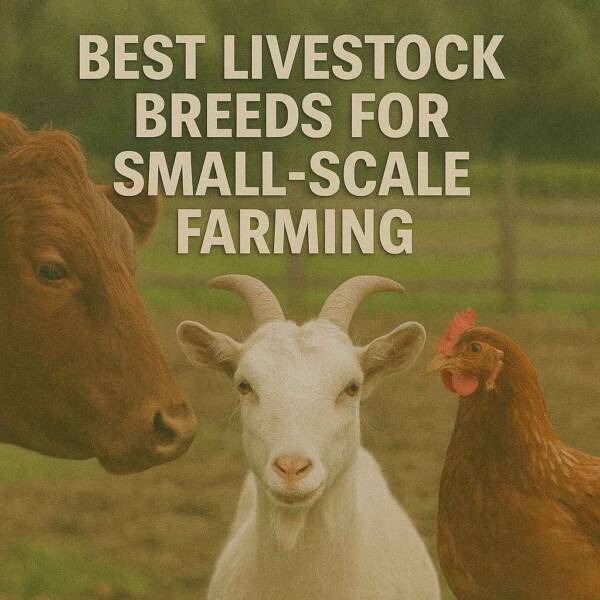How Agriculture and Forestry Drive Environmental Sustainability
How Agriculture and Forestry Drive Environmental Sustainability
Blog Article

While agriculture focuses on producing food and raw materials, forestry involves producing timber and forest products.
As technology and sustainability become more important, both agriculture and forestry are evolving to meet modern challenges.
The Role of Agriculture in Society
It has been the cornerstone of human civilization for thousands of years.
Key aspects of modern agriculture:
- Crop production
- Raising livestock for meat, milk, and wool
- Combining agriculture and forestry practices
- Reducing chemical use and preserving soil
Modern agriculture aims to minimize environmental impact through innovation and technology.
The Importance of Forest Management
It includes activities such as reforestation to maintain biodiversity and ecosystem health.
Core aspects of sustainable forestry:
- Silviculture
- Preserving ecosystems and wildlife
- Logging for wood and paper products
- Improving urban air quality
Responsible forestry practices help preserve natural habitats.
Green Innovations for Better Outcomes
Adopting sustainable practices ensures that ecosystems remain intact.
Environmentally friendly strategies:
- Conservation tillage
- Integrating natural cycles into farming
- Selective logging
- Planting trees to restore forests
By embracing these practices, farmers and foresters can secure long-term viability.
Challenges in Agriculture and Forestry
Despite their importance, both agriculture and forestry face ongoing problems related to climate change, resource depletion, and policy shifts.
Key issues in the sector:
- Impact on crop yields and forest health
- Water scarcity
- Reducing biodiversity and natural cover
- Financial risk for farmers and loggers
Addressing these challenges requires innovative solutions.
How Innovation Is Changing the Industry
Digital tools, data analytics, and automation are reducing human error.
Technological advancements read more include:
- Precision farming
- Monitoring crop health and forest cover
- Enhancing resistance and productivity
- Smarter resource allocation
Integrating technology ensures that both agriculture and forestry keep pace with global demands.
Conclusion
Whether focused on conservation or commercial use, both sectors play an irreplaceable part in the global ecosystem.
By doing so, agriculture and forestry can continue to enhance environmental resilience.
Report this page